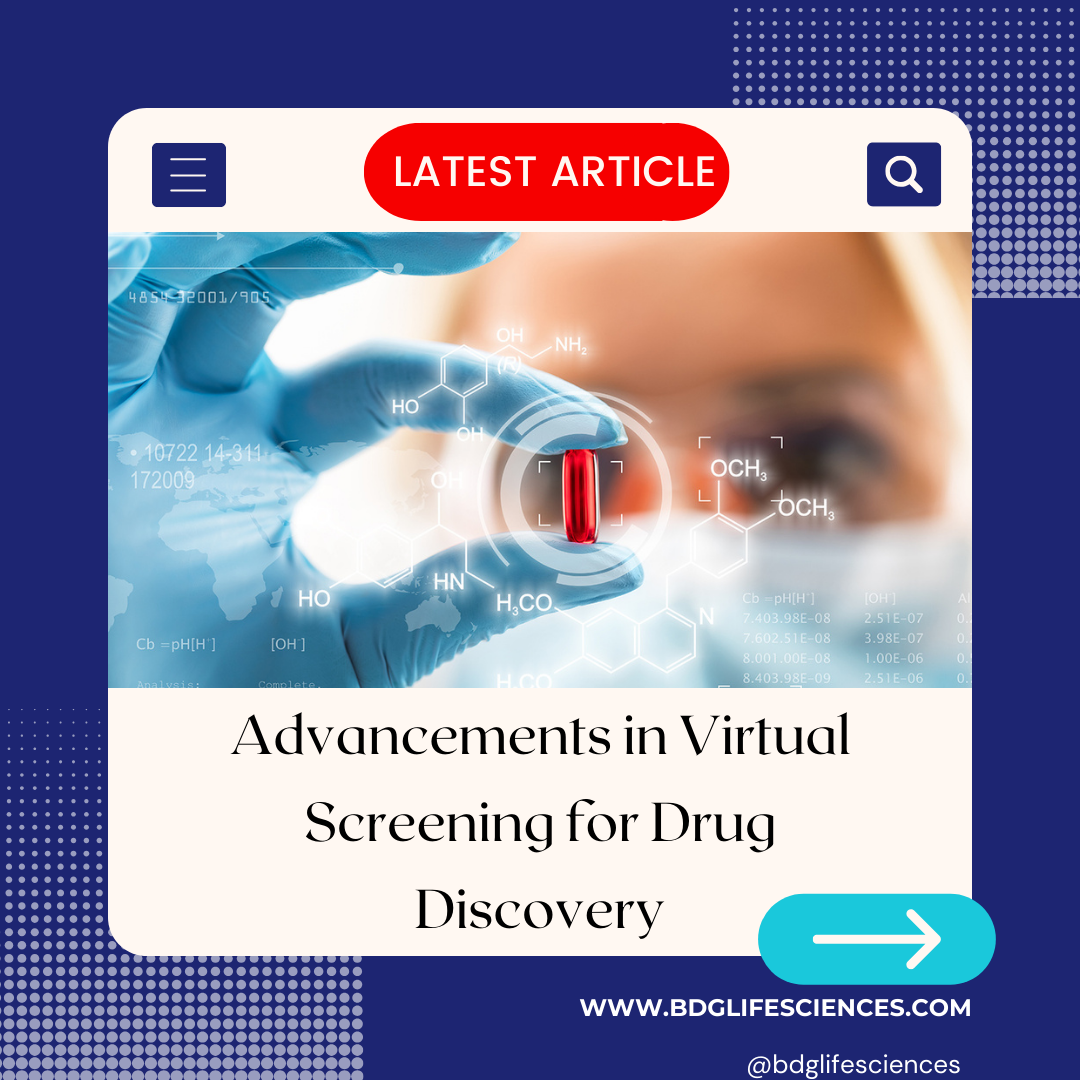
Blog

31 Jan , 2025
Drug discovery is a complex, time-consuming, and expensive process that requires identifying new compounds with therapeutic potential. Virtual screening (VS) has emerged as a transformative computational technique within computer-aided drug design (CADD), allowing researchers to efficiently analyze large chemical libraries to identify promising drug candidates. With rapid advancements in artificial intelligence (AI), machine learning (ML), high-performance computing, and quantum mechanics, virtual screening techniques have evolved significantly, enhancing accuracy, scalability, and efficiency.
This article explores the latest developments in virtual screening, its applications in drug discovery, and the impact of cutting-edge technologies in shaping the future of pharmaceutical research.
Virtual screening employs computational methods to predict which molecules have the potential to bind effectively to biological targets, accelerating the early stages of drug discovery. The two primary approaches in virtual screening are:
1. AI and Machine Learning in Virtual Screening
The integration of AI and ML has significantly improved the accuracy and efficiency of virtual screening. AI-driven techniques contribute to:
2. Deep Learning Models for Improved Screening
Deep learning models such as Convolutional Neural Networks (CNNs) and Graph Neural Networks (GNNs) have improved SBVS and LBVS methodologies by:
3. High-Throughput Virtual Screening (HTVS)
High-performance computing (HPC) and cloud-based platforms have enabled HTVS, allowing researchers to screen millions of compounds rapidly. Techniques like GPU acceleration and parallel computing have further optimized the speed and scalability of screening.
Cloud computing has also revolutionized VS by providing:
4. Quantum Mechanics-Based Virtual Screening
Quantum mechanics (QM) approaches, such as Density Functional Theory (DFT), have enhanced VS by improving the understanding of molecular interactions. This has led to:
5. Integration of Multi-Omics Data
Modern virtual screening techniques increasingly incorporate multi-omics data (genomics, proteomics, metabolomics) to improve target identification and validation. This comprehensive approach ensures drug candidates are biologically relevant and effective.
6. Hybrid Approaches for Enhanced Screening Accuracy
Combining multiple virtual screening techniques has proven effective in improving accuracy and minimizing false positives. Hybrid approaches integrate:
Virtual screening techniques have been widely applied in various therapeutic areas, including:
Despite its advancements, virtual screening faces challenges such as false positives, the limited availability of high-quality data, and the necessity for experimental validation. Future research aims to address these challenges through:
Virtual screening has transformed drug discovery, making the process faster, more cost-effective, and efficient. With continued advancements in AI, deep learning, high-throughput computing, and quantum mechanics, virtual screening will play an increasingly vital role in pharmaceutical innovation.
BDG Lifesciences offers specialized training programs in Computer-Aided Drug Design (CADD) and virtual screening techniques. Our hands-on workshops provide practical exposure to cutting-edge drug discovery tools, equipping researchers, students, and professionals with essential skills to excel in this dynamic field.
